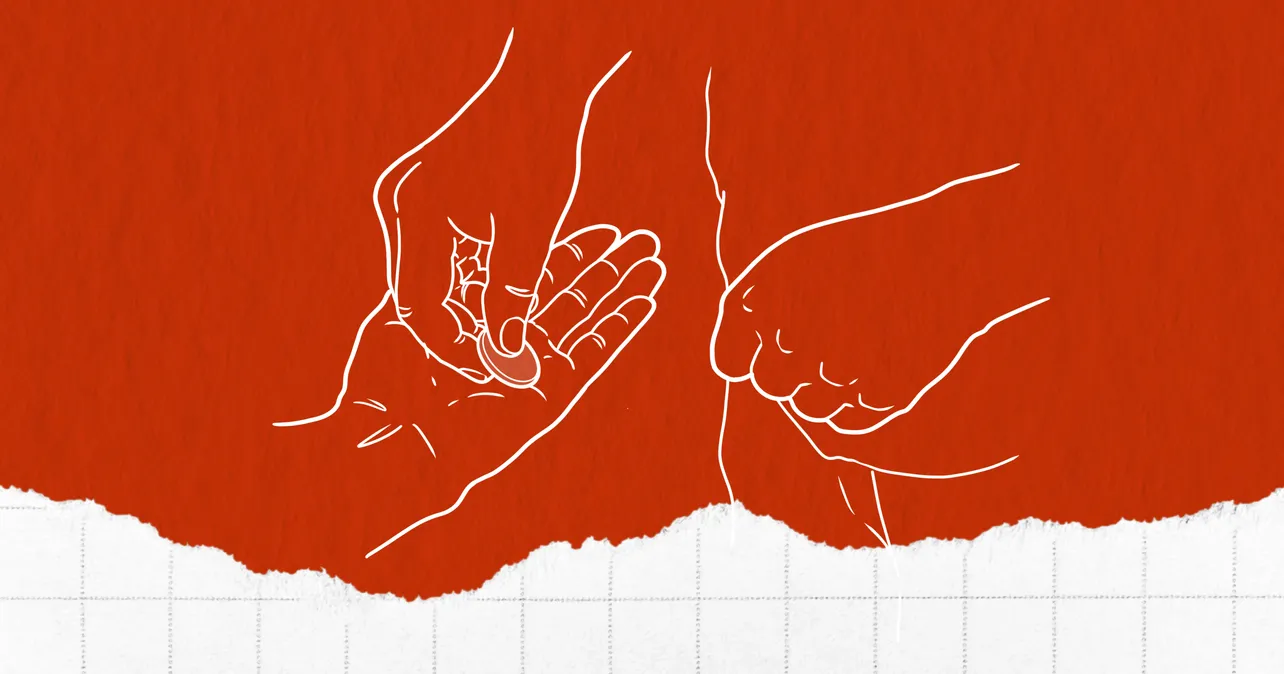Asymmetrical transpositions, where groups of differing numbers of items switch places, are not new. You may recognize the notion from Thieves and Sheep (or by one of its various other names), which appears to have been first published in M. Ducoeurjoly’s Trois Heures d’Amusement, ou Le nouveau Comus in 1801.
Most of us learned this trick as children, in which seven quarters are used, two representing thieves and the other five sheep. Despite the fact that you appear to pick up one thief in each hand, followed by several sheep, both thieves end up in one hand (two) while the five sheep end up in the other.
This is not difficult to do with seven identical items (later versions used two copper coins and five silver to clarify the transposition). The first time the asymmetrical transposition appeared in a more sophisticated guise was Theodore DeLand’s Sphinx Trick in 1909 where, due to the differing identities of the cards, the method required a clever solution involving a specially printed card. The contemporary card trick that fully embodies the asymmetrical transposition, and uses only normal cards, is the Hotel Mystery.

